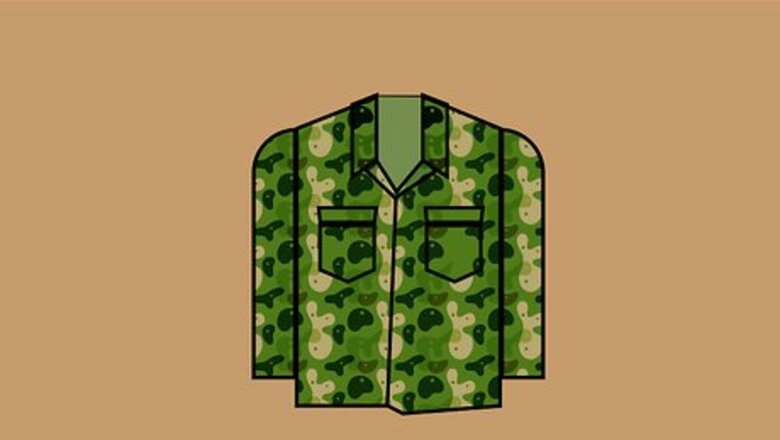
views
Folding Your Jacket
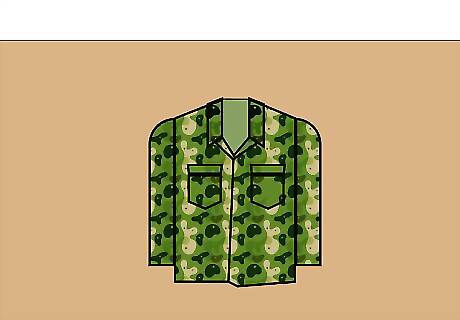
Lay your jacket on a flat surface. A clean floor or table top usually works well for folding a uniform. Lay your jacket as flat as possible and run your hands over it to remove any wrinkles or creases.
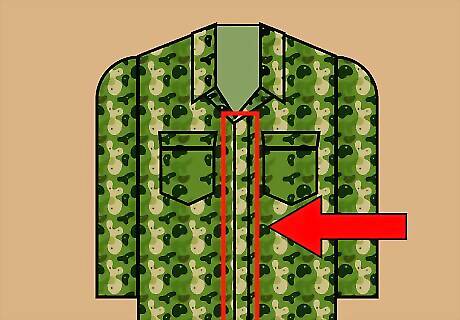
Zip up your jacket and seal the velcro. If your jacket is not already zipped and sealed, do so before folding it. The jacket should be zipped up completely and any velcro flaps should be sealed.
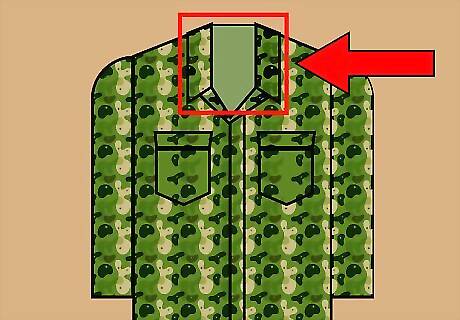
Turn up your collar. If your collar is turned down, make sure to fold it upwards prior to rolling up your jacket. This will help your jacket fold up smoothly and remain wrinkle-free during the process.
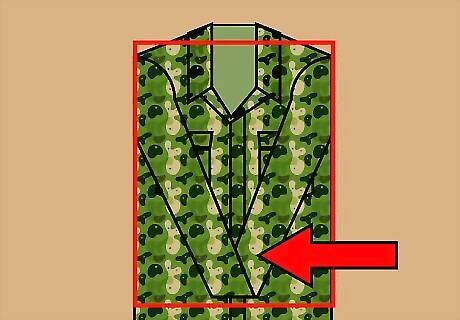
Fold your sleeves. You should fold either sleeve of the jacket across the chest. Fold them roughly at the shoulder line. The sleeves should overlap with each other near the center of the jacket.
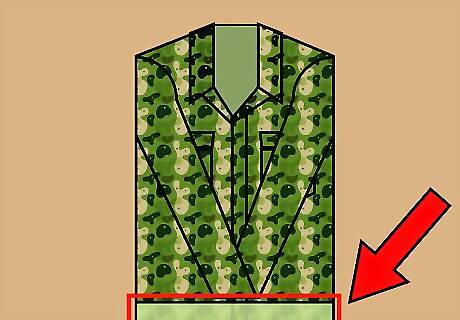
Turn the bottom of the jacket inside out. At the bottom of the jacket's zipper, you will find two flaps on either side of the jacket. Place one flap under the other. Then, fold all the fabric at the bottom of the jacket inside out. Any fabric below the zipper should be folded. After folding the bottom of the jacket, run your hands over it to flatten out of the fabric and remove any wrinkles.
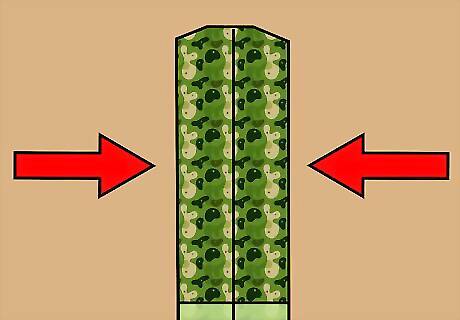
Fold either side of the jacket inward. Fold one side of the jacket inward into the middle of the jacket. Do the same thing on the other side. The jacket should be folded in a rectangular shape. The two edges of your jacket should meet in the middle of the jacket's chest, falling near the zipper.
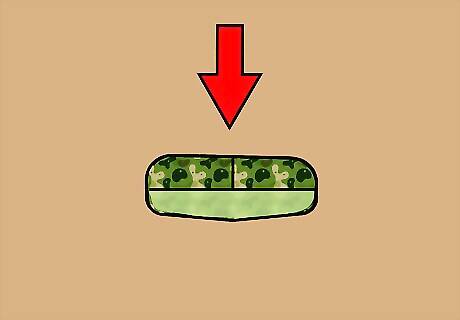
Roll up the jacket. Starting at the top of the jacket, roll the jacket into a thin tube-like shape. Roll the jacket as tightly as you can, as this will save space in your bag.
Folding Your Pants
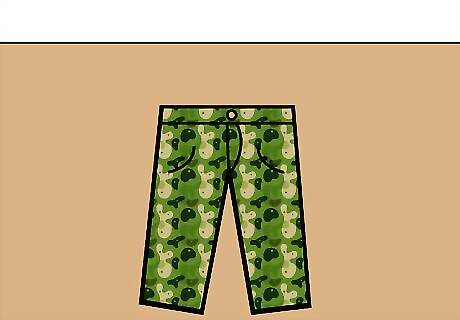
Lay the pants on a flat surface. A tabletop or clean floor should be a good place to fold your pants. After lying your pants on this surface, smooth them out with your hands to remove any wrinkles or creases.
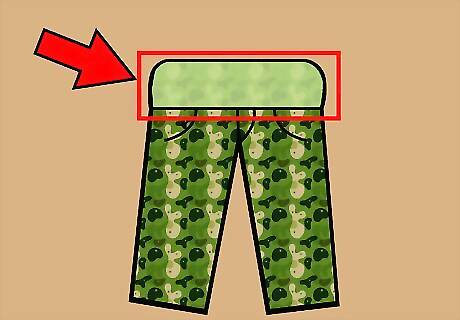
Turn the top part inside out. Turn an inch or two on the top of your pants inside out. Fold enough of the pants that the pockets are folded inside out. Then, use your hands to gently flatten out the top of your pants and remove any wrinkles. Make sure to smooth out the pockets especially. These can easily get in the way and prevent you from efficiently rolling up your pants.
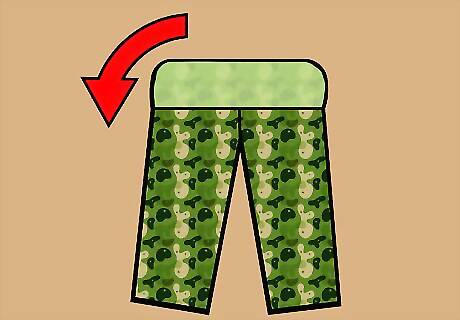
Turn your pants upside down. Gently pick up your pants and turn them upside down. The zipper should be on the floor or table and the back of the pants should face upward. Use your hands to flatten your pants again after turning them upside down.
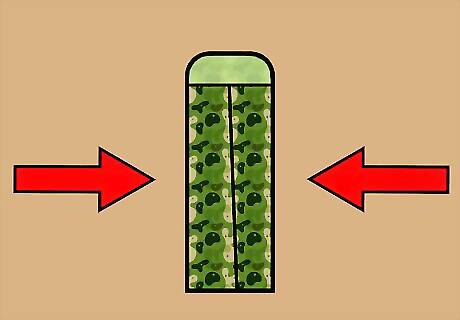
Fold your pant legs. Take one pant leg and fold it over the center of your pants. Then, fold the second pant leg over the first one. When you're done, your pants should form a rectangular shape with the legs crossing over one another.
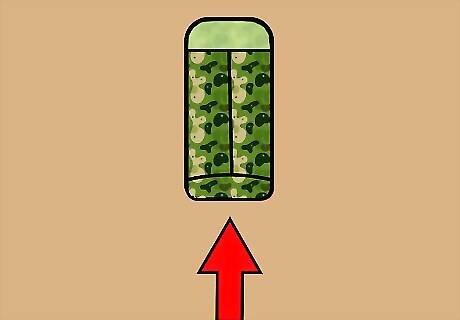
Roll up your pants. Start at the bottom of your pant legs. Roll your pant legs up into a tight tube. Tighter is generally better, as this helps save space.
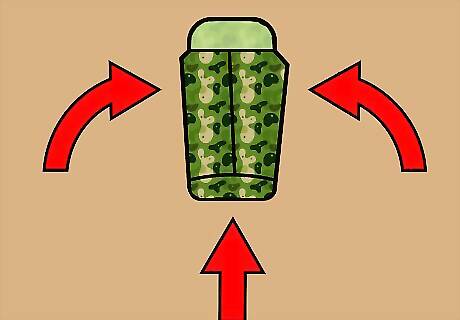
Flatten the sides as you roll upward. As you roll your pants upward, they will start to unfold at the top. Periodically use your hands to flatten the sides of the pants and push them back into the middle. This will help your pants roll as neatly as possible.
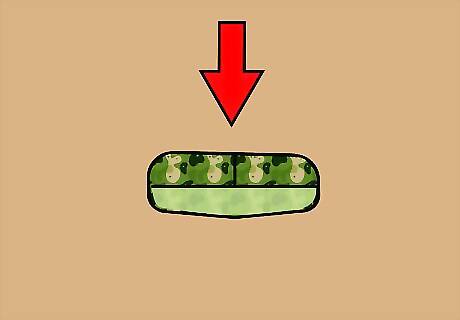
Complete your ranger roll. Keep rolling until you reach the top of your pants. Push any loose fabric that's sticking upward into the center of your rolled up pants. This should secure your pants so they can be safely packed.
Caring For Your Uniform

Remove any badges before washing. After unpacking and unrolling your uniform, check it carefully for any badges. These should be removed before washing. Also, check pant pockets for any items.
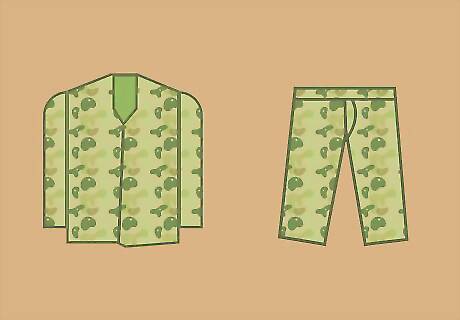
Turn uniforms inside out when washing them. To protect the velcro and the color, army combat uniforms should be turned inside prior to washing. Do this each time you wash your uniform.
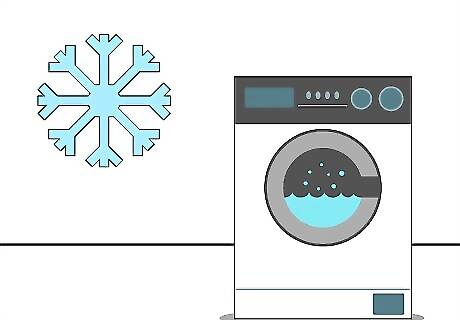
Wash your uniforms only in cold water. Cold water will prevent damage and discoloration, so always select the coldest water settings possible. If there is a sports wash or permanent press option on your washing machine, use that as well.
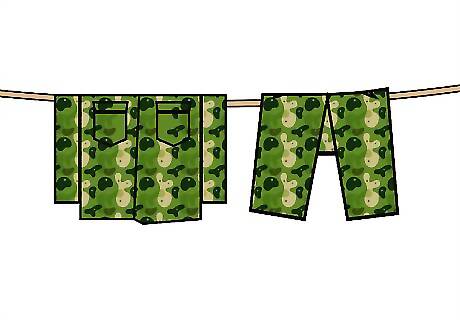
Hang dry uniforms. Avoid wringing or twisting uniforms to dry them. For best results, hang dry uniforms on a clothesline or hanger. If you're in a hurry, you can dry uniforms in a dryer. However, only dry on low to medium heat settings.

Keep hazardous materials away from uniforms. Bleach, fabric softener, chlorine, and starch can all harm army combat uniforms. Keep these materials away from army combat uniforms and never use detergents containing these materials when washing uniforms.















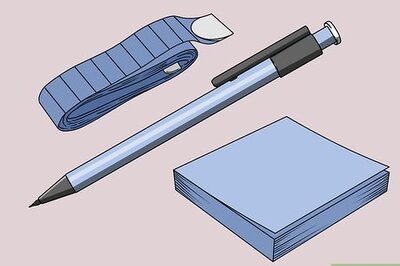




Comments
0 comment